You mentioned that you have some background in electronics. Did you ever have to study transistor logic? Did you ever make AND OR NOT and other logic gates out of transistors?

Did you work with theoretical logic circuits where you were given several gates, inputs, and you had to calculate what will be on the output?

This is what an FPGA is all about - field programmable gate array. Thus, it's just an array of logic gates which you could utilize to build a system off of them, which will do some simple or complex function. To make it easier, you can use hardware description language, which can be then synthesized and implemented as the transistor logic on an FPGA.
Thus, you need to know logic design techniques. What are the counters, flipflops, memories, types of logical operations, etc., and most important - how can you use all that to create a system that can perform desired function.
As mentioned in the other answers, the FPGA is a pure logic device and you can not work with analog signals directly. Instead, FPGA is usually accompanied with different peripherals including ADCs and DACs, and certainly an oscillator that provides the FPGA with the logical clock - that you need to know as well.
There is certainly more to it than just digital logic design, however I would suggest to get a strong grip on it first. Eventually, the rest of the aspects will come as you learn more.

